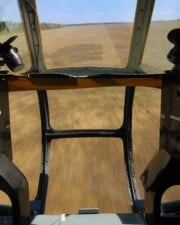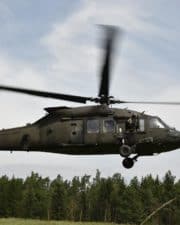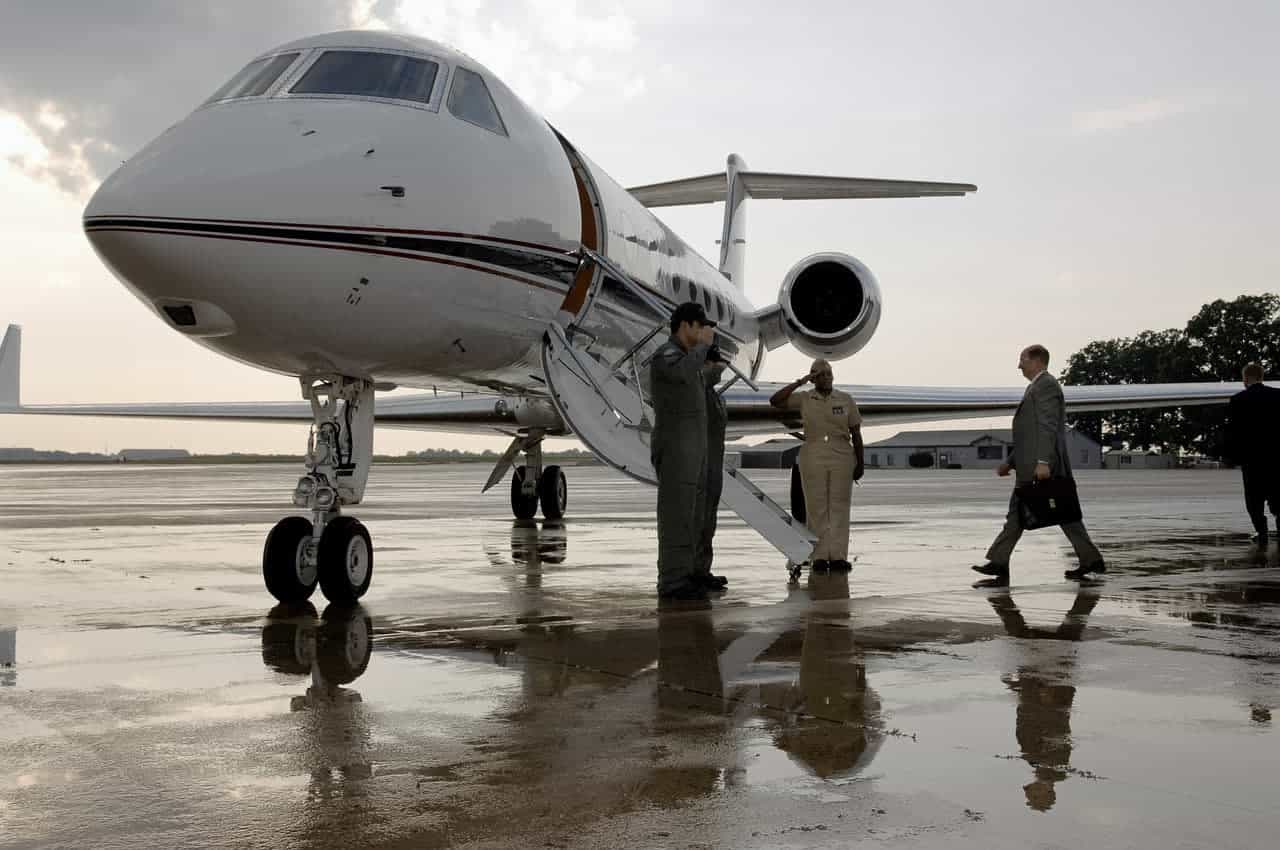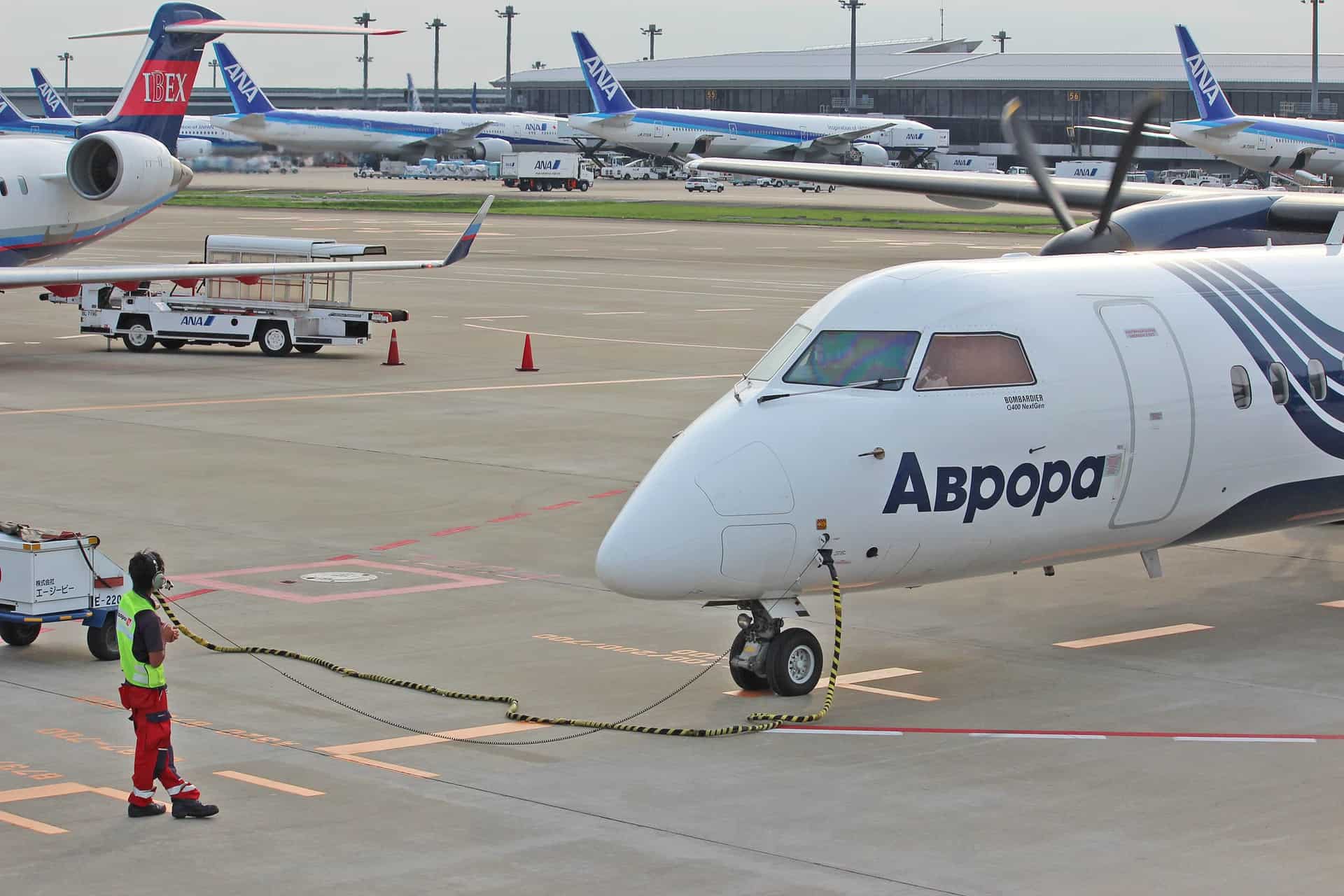One of the things that makes operating a helicopter so unique is its ability to hover in midair. With just the right control inputs, a helicopter can remain nearly motionless over the same spot on the earth. But how does it do this?
The helicopter’s rotor blades must produce an amount of lift equal to the aircraft’s weight to hover. Then, the pilot must make constant corrective control inputs to counter all other forces, including wind, ground effect, turbulence, and the torque created by the main rotors.
This article on how helicopters turn is part of a series on helicopter flight:
How Do Helicopters Fly?
Helicopters are complicated flying machines. They operate so differently from airplanes that pilots must be trained specifically on helicopters. A fixed-wing pilot has no abilities in a rotor-wing aircraft, and a rotor-wing aircraft pilot has no privileges in a normal airplane.
Not only do the system and physics that get the helicopter off the ground differ from a fixed-wing airplane, so too do the pilot’s controls. All of this stems from the aircraft’s ability to hover and achieve vertical takeoff and landing (VTOL).

How Do Helicopters Hover?—A Step-by-Step Guide
Step 1—Increase Lift
So how does a helicopter hover? First, the pilot increases the collective until the rotor disk generates enough lift to get the craft off the ground. The collective increases the pitch of the rotor blades, thereby producing more lift for the helicopter.
The increase in the rotor blade pitch will cause the main rotor disk to slow down, so the engine throttle will need to be increased. On some choppers, this control is tied directly into the collective lever. On others, there is a motorcycle-like twisting handgrip control on the collective.

When the chopper gets to the desired altitude, the pilot reduces the collective until the amount of lift produced matches the aircraft’s weight. The helicopter will then hover in place, all things being equal.
Step 2—Correct for Increased Torque
Getting a helicopter off the ground comes with many other engineering challenges. For one, torque will act against the aircraft as soon as the skids or wheels leave terra firma.
To counter this, most helicopters use a tail rotor to create a sideways force that counteracts the torque created by the engine and rotor blades. Without the tail rotor, the helicopter would spin out of control.
The pilot’s anti-torque pedals control the force created by the tail rotor. These look just like rudder pedals in an airplane cockpit, but, of course, a helicopter does not have a rudder.
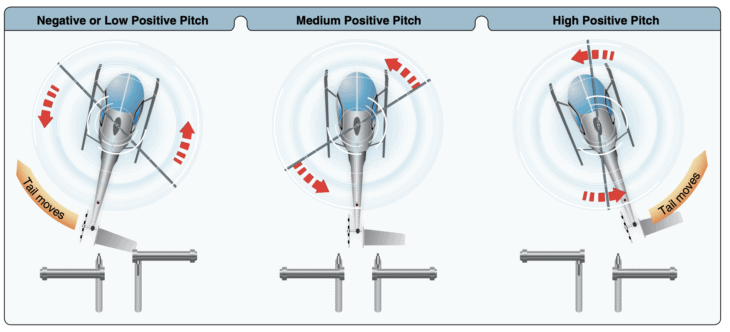
As the helicopter lifts off and the torque force increases, the pilot will need to add a pedal to increase the effect of the tail rotor.
If the pilot reduces the amount of anti-torque created by the rudder pedals, the helicopter will begin to spin, albeit in a controlled fashion. This yaws the nose left or right depending on how the helicopter is rigged.
As the helicopter increases lift to take off, the pilot will have to gradually add anti-torque pedal to counteract the extra torque. As the aircraft climbs vertically, the pilot will not need to make much change.
Finally, as the aircraft levels off at the desired altitude and the pilot reduces the lift with the collective lever, they will reduce the pedal input to match the reduction in torque.
Step 3—Correct for Wind and Aircraft Design Drift
All of these steps assume a perfectly calm world with no other forces affecting the chopper. Things are not equal in the real world, of course. This simplistic explanation negates the existence of wind, the effects of the rotor blade’s downwash on the aircraft fuselage, and the differences in atmospheric pressure as the aircraft changes altitudes.
In reality, helicopters are unstable and require constant minute adjustments from the pilot. Helicopters are not “hands-off” flying aircraft like airplanes are.
If there is any wind, the pilot will have to correct into the wind with the cyclic control. This will move the rotor disk in the direction of the pilot input. It reduces vertical lift while at the same time providing some thrust in the direction of the deflection.
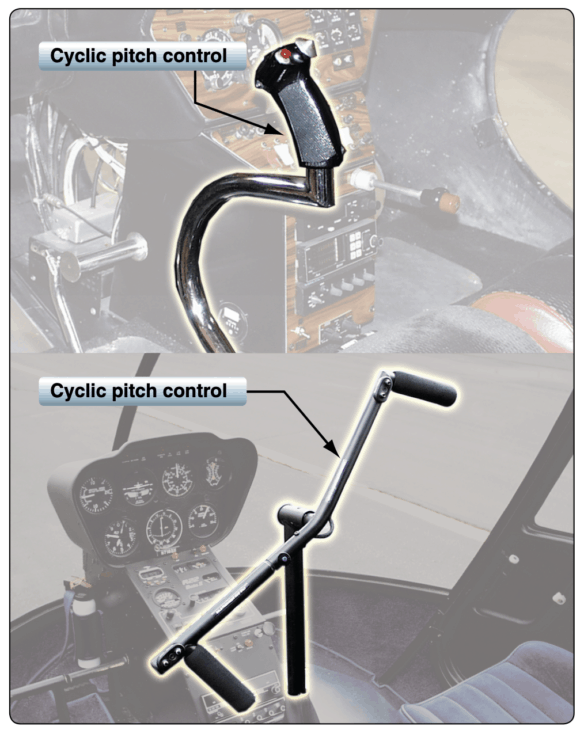
If the pilot applies just enough thrust into the direction of the wind, the aircraft should remain motionless. This is easier said than done, of course. In actuality, it may take some trial and error and lots of minor control corrections before the pilot can nail the perfect control deflection.
What’s Next?
Once the helicopter is hovering, it’s a simple matter for the pilot to fly straight ahead or complete turns. Helicopters can even fly backward!
If you’re curious and would like to learn more about the inner workings and how to fly a helicopter, check out the FAA’s Helicopter Flying Handbook, available for free download online. Chapter 2 deals with the fundamentals of flight and the aerodynamics of hovering.
Related Posts



